
Homemade mayonnaise
- Published: 7 Jun 24
- Updated: 20 Nov 24
Homemade mayo is a completely different beast to the bleached white, stiff stuff in the shops. It’s so good, in fact, that it can become the star of the show – as you’ll discover when you make our foolproof homemade mayonnaise recipe. Whether you whisk by hand or use a food processor or a stick blender is up to you.
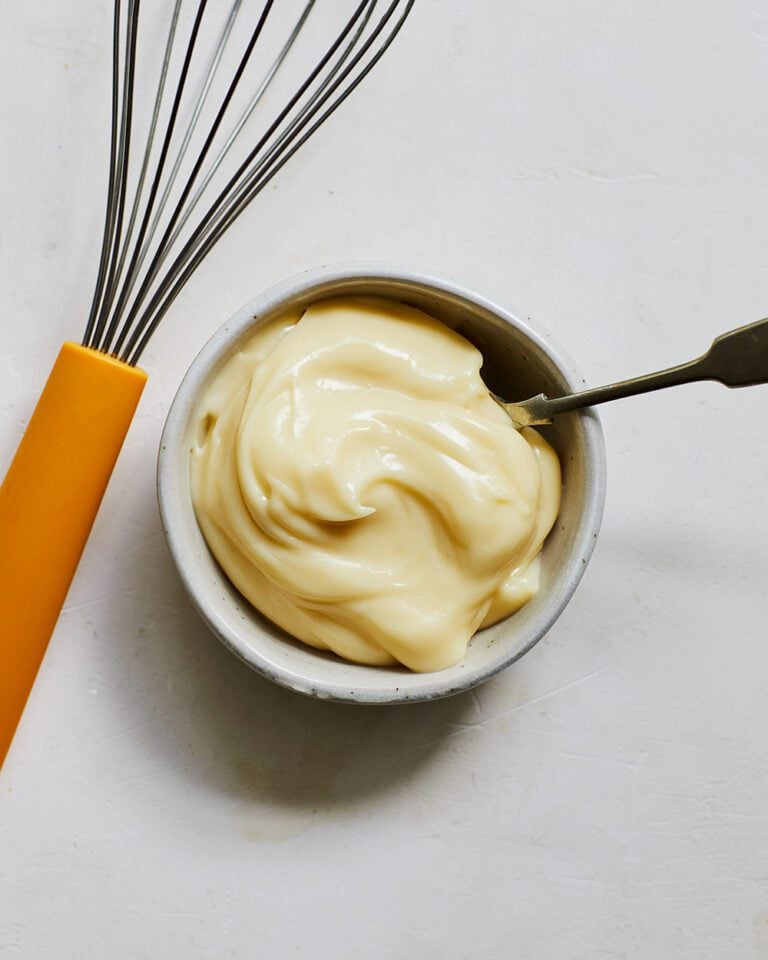
“Why bother making your own mayonnaise when there are shelves groaning with jars and bottles of the stuff in the supermarket? There’s a stronger argument for it than you might think,” says delicious. food producer Pollyanna. “No preservatives, top-quality eggs, a slightly looser, less gelatinous texture, a sunshine-yellow colour and – of course – a far superior flavour (and one you can add to with other ingredients as you see fit).”
Find tips on using your homemade mayo and transforming it into tartare sauce, thousand island dressing and more below. Or use your classic mayo as the base sauce in our incredible roast chicken with chicken-fat garlic mayonnaise.
Before you start
You can make mayonnaise three ways: in a small food processor, with a stick blender or with a whisk. We prefer the old-school way, whisking by hand so you can see everything happen gradually in front of your eyes. This means you can easily spot if the mixture is about to split, and there’s usually less washing up. The other methods have their benefits, though: food processor bowls don’t move around on the work surface and a stick blender takes seconds to emulsify the mixture.
Ingredients
- 2 medium free-range egg yolks
- 1 tbsp dijon mustard
- 200g vegetable or sunflower oil
- Salt
- Splash lemon juice or white wine vinegar
Method
- By hand: Whisk the egg yolks with the dijon mustard for 2 minutes until the yolks are pale, thicker and at the ribbon stage (the mixture should hold its shape briefly when you drag the whisk through it). Slowly add the vegetable or sunflower oil in a thin, steady stream while whisking continuously to emulsify –go as slowly as you can. If it starts to look glossy or grainy it’s about to split – whisk in a splash of cold water, which should bring it back together again.Taste and season with salt and a squeeze of lemon juice or a dash of white winevinegar.
- In a food processor: Follow the same process – just let the machine do the work for you. It won’t take long. Make sure the blender is small enough to be able to whizz the yolks properly (but big enough to take the oil).
- Using a stick blender: You need a tall jug (stick blenders often come with one)in which to add the egg yolks, mustard, lemon juice/vinegar, then oil. Leave for a few seconds to let everything settle, then put the blender in, pushing it right to the bottom of the jug. Blend at a high speed, keeping the stick still the whole time until all the oil has emulsified, then finally pull it up a little and continue to blend. Taste and season.
- Recipe from June 2024 Issue
Nutrition
- Calories
- 113kcals
- Fat
- 2g (1g saturated)
- Protein
- 0.5g protein
- Carbohydrates
- 0g (0g sugars)
- Fibre
- 0g
- Salt
- 0.2g
delicious. tips
Don’t keep your eggs in the fridge. The yolk and oil need to be the same temperature to emulsify properly.
Add salt at the end. Salting the yolks in the beginning will affect their binding properties.
You need both your hands (one to whisk, the other to pour in the oil at the same time) – so the bowl must be held in place by something else. A bowl with a rubber base is ideal, or you can make a little nest using a tea towel to sit the bowl in.
Keep a little bowl of cold water to hand. If you’re pouring in the oil slowly enough, adding a splash of cold water will almost always bring it back together if it looks like it’s about to split (the oil stops emulsifying and it looks shiny and grainy).
Homemade mayo lasts 3-5 days in the fridge, which is a good thing as you usually have to make about 250g each time.
How to use your mayonnaise
• Go Belgian. Belgium is famous for chips with mayonnaise, its fritures (chip shops) offering a huge range of mayo-based sauces. ‘Andalouse’ involves mayo mixed with fried red onion, peppers, tomato purée and lemon, while spicy ‘samurai sauce’ is mayo mixed with sambal oelek (an Indonesian chilli paste).
• The great binder. Mayonnaise binds many iconic salads and sandwich fillings. Then there’s bouillabaisse and its crouton spread with rouille (garlic mayonnaise) on top, while the provençal fish stew bourride goes one step further and blends aioli into the sauce, giving it body, creaminess and a garlicky kick.
• Baking magic. Mayonnaise works wonders in baking (after all, it’s basically eggs and oil). A dollop or two in the batter transforms chocolate cakes and brownies, giving them a gooier texture.How to add flavours to your mayonnaise
• Add a grated garlic clove and a pinch of saffron strands soaked in 1 tsp hot water for a vibrant yellow cheat’s aioli.
• Mix with a spoon of ketchup and the same of sweet pickle relish to make thousand island dressing (great with prawns).
• Add curry powder, turmeric and sultanas for a coronation dressing.
• Stir in dijon mustard to create dijonnaise.
• Blend with a selection of herbs for a green goddess dressing.
• Throw in an extra egg yolk and a big pinch of MSG for a DIY Kewpie mayo.
• Mix with capers, cornichons, shallots, lemon juice and dill for tartare sauce.
• Go spicy with a swirl of sriracha
Buy ingredients online
Rate & review
Rate
Reviews
Share a tip
Subscribe to our magazine
Food stories, skills and tested recipes, straight to your door... Enjoy 5 issues for just £5 with our special introductory offer.
Subscribe
Unleash your inner chef
Looking for inspiration? Receive the latest recipes with our newsletter

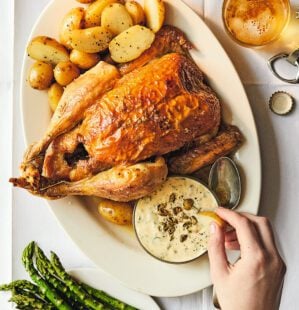
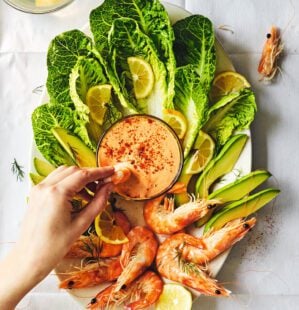
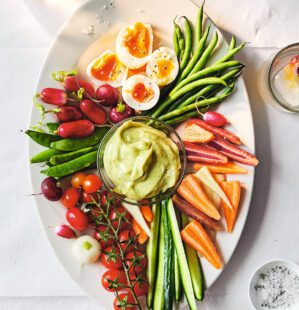
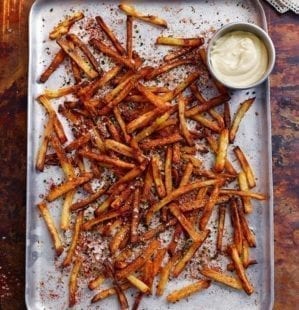
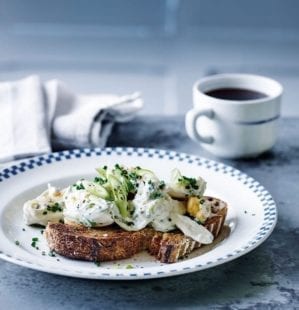
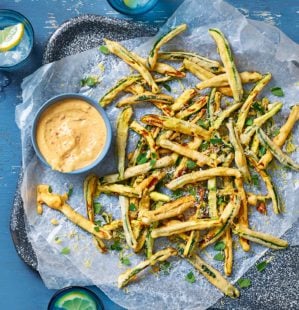
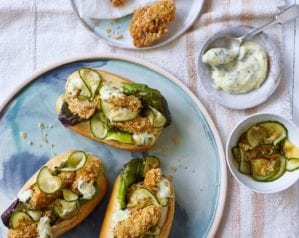
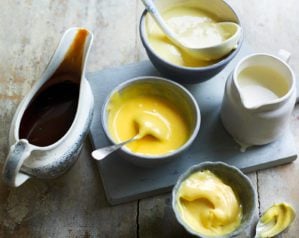
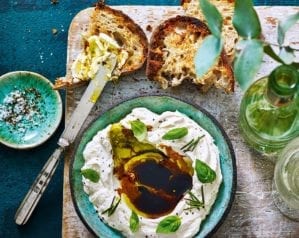
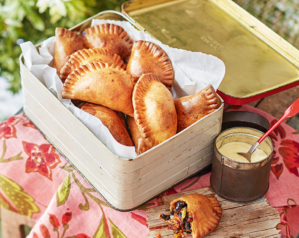
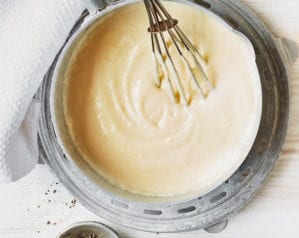
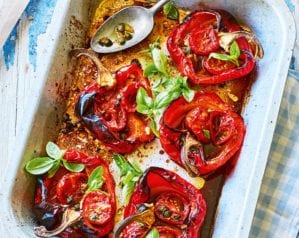
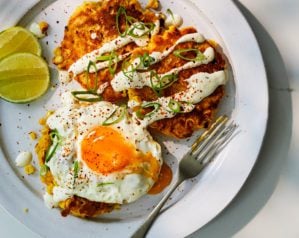
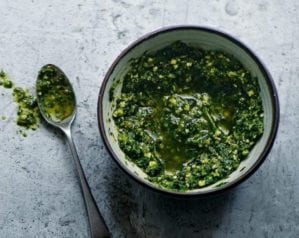
I was a bit apprehensive trying this it worked perfectly, thanks to the simple but comprehensive instructions, delighted with my homemade mayo. I have made a second batch with half the quantities and that worked just as perfectly. I’ll not be buying shop mayonnaise again!